Swiss immigrants brought eighteen heifers and three calves to New Glarus, Wisconsin, in 1846. That was the beginning of what eventually grew into a rich cheese making heritage in Green County. Once home to 300 cheese factories, the number has dwindled to 12 today. However, Green County is still one of the nation’s leading cheese manufacturers. The National Historic Cheesemaking Center in Monroe, Wisconsin, shares Green County’s cheese making history with visitors.
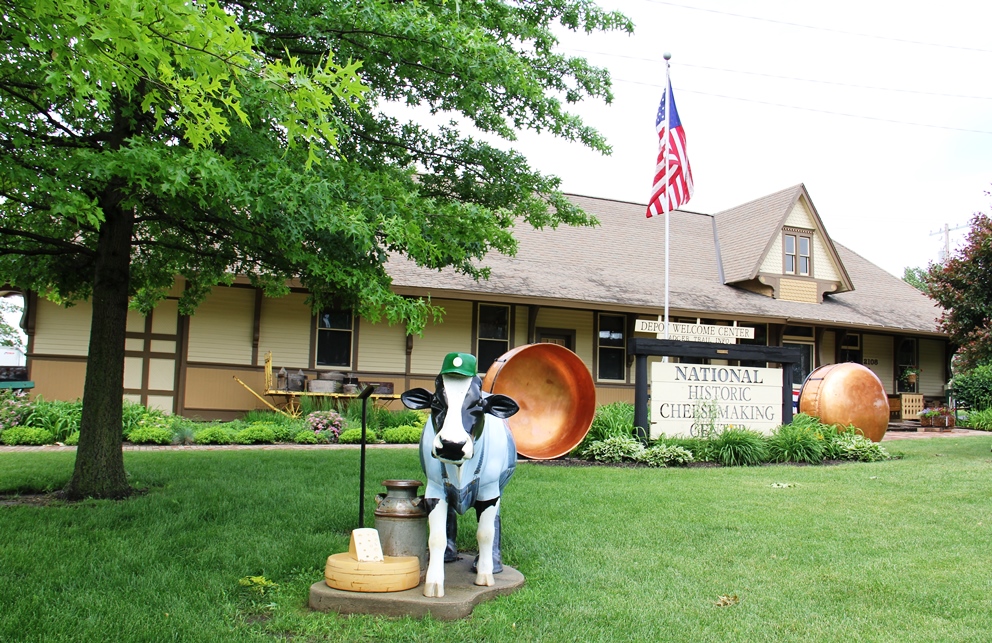
Artifacts from the simplest, like one-legged milking stools, to more complicated instruments used by master cheesemakers, are on display.
Cheesemakers must certify for each kind of cheese in which they wish to become a master and must have ten years of experience before even applying. Of the 44 master cheesemakers in the United States, 25 percent of them are in Wisconsin.
Don’t miss a Midwest Wanderer post. For a FREE subscription, enter your e-mail address in the Subscribe2 box to the right and click Subscribe.
A diorama depicts an old-fashioned cheese factory. Donna Douglas, director of the center, demonstrated how the cheese was stirred in a copper kettle.
Before refrigeration was readily available, milk had to be moved quickly to the cheese factories. Farmers cooled the milk with Gregory milk coolers. Milk poured through the top traveled over water-filled radiator coils. It then flowed into a lower tray before it was poured into ten-gallon milk cans.
Horse-drawn milk wagons collected the milk from farms and delivered it to the nearest cheese factory. With 300 factories in the county, there was seemingly one on every corner, a necessity to keep the milk from warming and spoiling.
Several factors are taken into consideration in grading cheese, including the size of the holes, or the “eyes.” The larger the eyes, the better the cheese.
The cheese cellar, one of the newest additions to the museum, demonstrates the old Swiss cheese aging process.
In 1917 the State of Wisconsin established the National Cheese Exchange, which was originally located in Plymouth and then moved to Green Bay. The market opened every Friday at 10 a.m. at the sound of the bell and closed a half hour later, again with the sound of the bell.
During market time, brokers could buy or sell 40 pound blocks of cheese. They often used one of several phone booths to contact the office for advice or approval. One of the actual phone booths used at the Exchange is on display.
The National Cheese Exchange ended in 1997. As of 1998, cheese is traded on the Chicago Mercantile Exchange.
A 100-year old farmstead cheese factory, the Imobersleg Factory, is on the museum site, complete with a milk wagon.
Occasionally, during special events, the factory is open to the public. Visitors watch demonstrators produce cheese using original equipment.
Cheesemaking continues to be a leading industry in Green County, Wisconsin. In fact, Green County is the only producer of Limburger cheese in the United States. The total number of cheese factories may have dwindled over the years, but the ones that remain are much larger. They produce far more than a farmstead cheese factory could make. Times have changed and cheese making processes have improved, but the National Historic Cheesemaking Center keeps the history of the old traditional cheese factories alive.
If you visit the National Historic Cheesemaking Center
The National Historic Cheesemaking Center, which doubles as the Green County welcome center, is located at 2108 6th Avenue in Monroe, Wisconsin, and is open April 1 through October 31. Check the web site for hours and further details.
Accommodations: I stayed at the AmericInn Lodge & Suites in Monroe, Wisconsin during my visit. Check rates and reviews on TripAdvisor
Pin It!
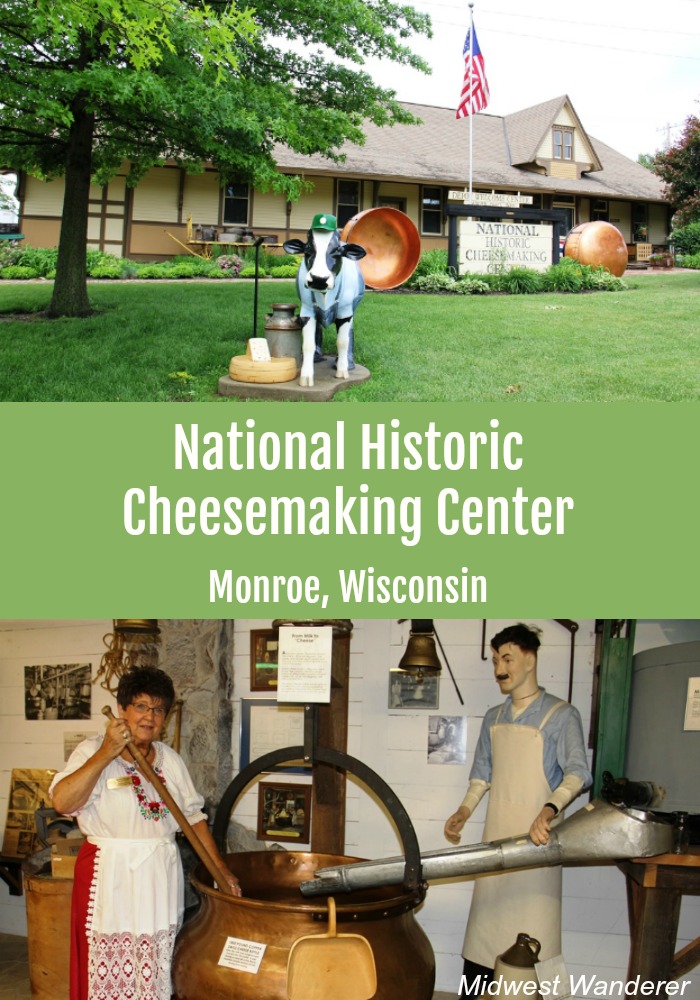
Disclosures: My visit to Turner Hall was hosted by the Green County Tourism, but any opinions expressed in this post are my own.
This article contains an affiliate link. If you book a room via the “Check rates…” link above, I will receive a small commission, at no additional cost to you.
Thank you for reading Midwest Wanderer. Don’t miss a post. Enter your e-mail address below and click Subscribe to be notified whenever I publish another post. Subscription is FREE. After subscribing, be sure to click the link when you get the e-mail asking you to confirm. – Connie
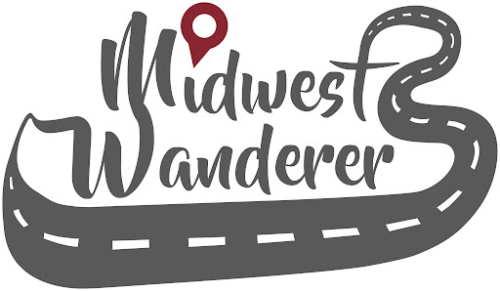
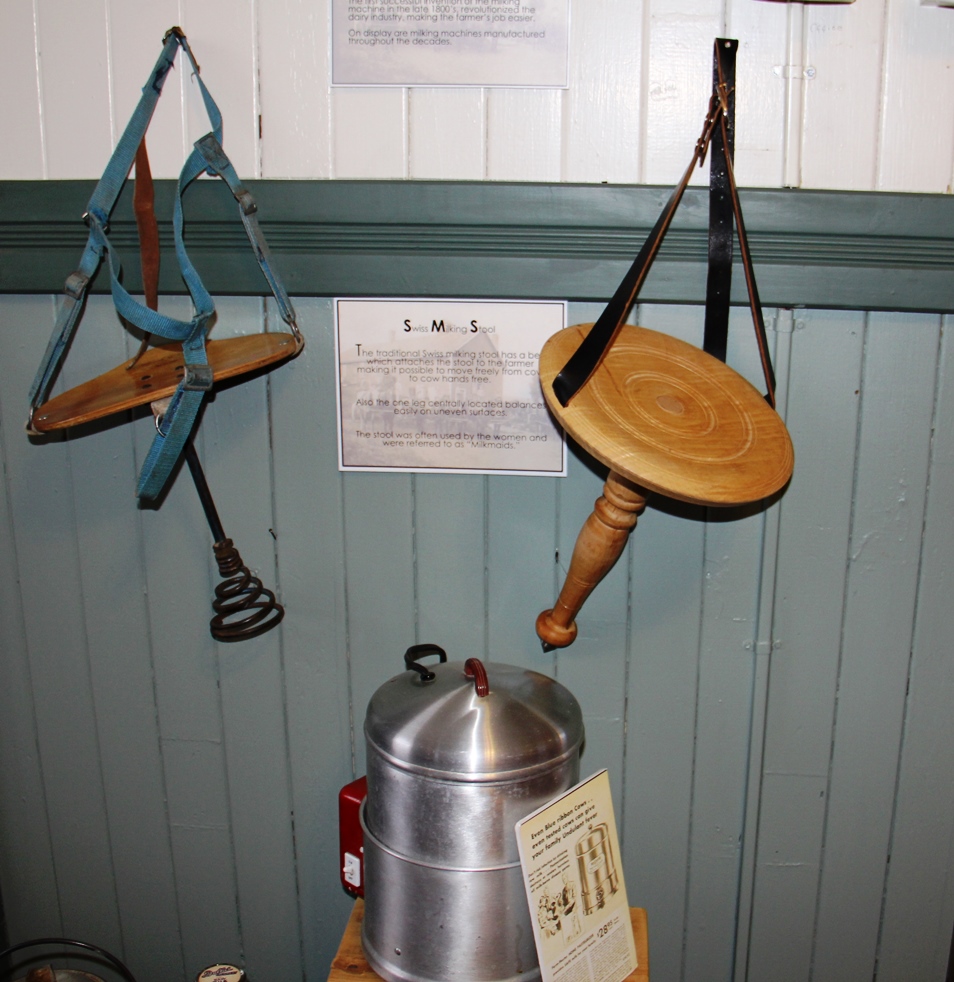
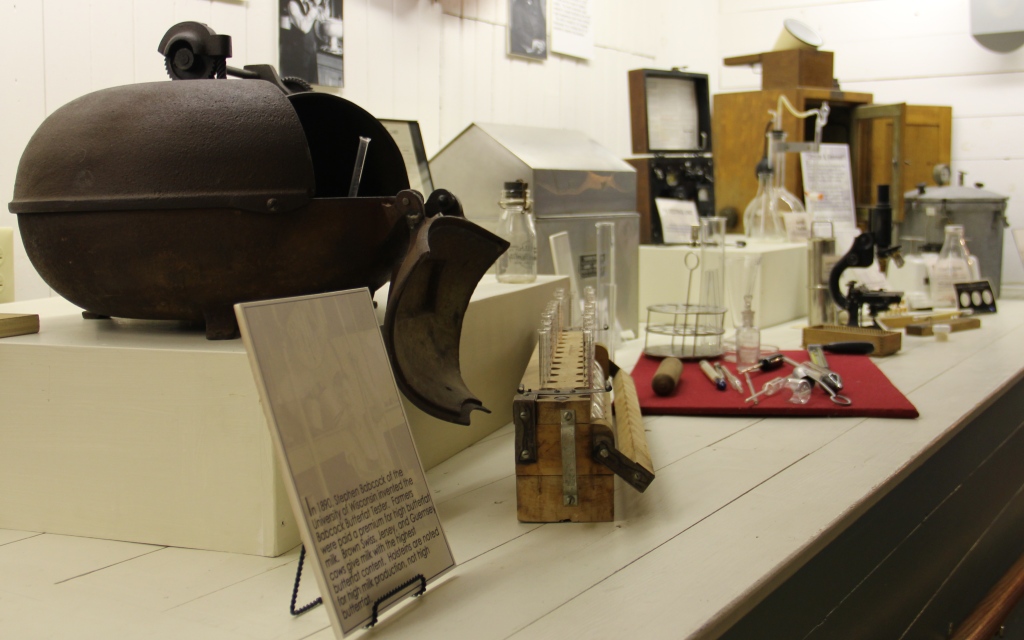
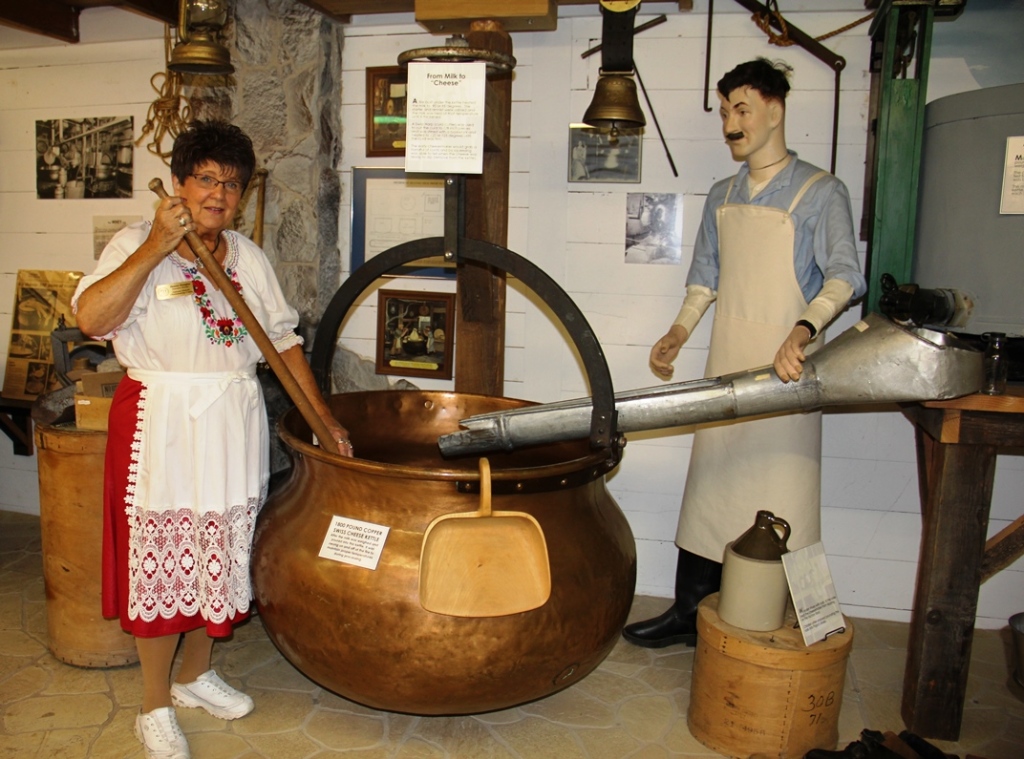
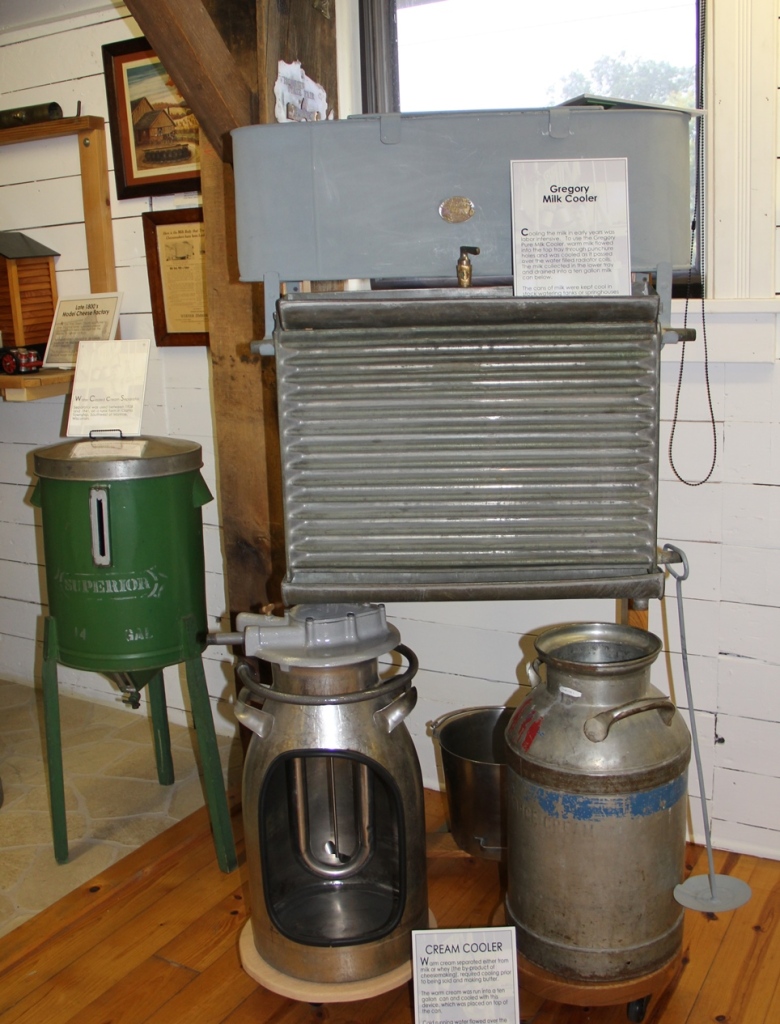
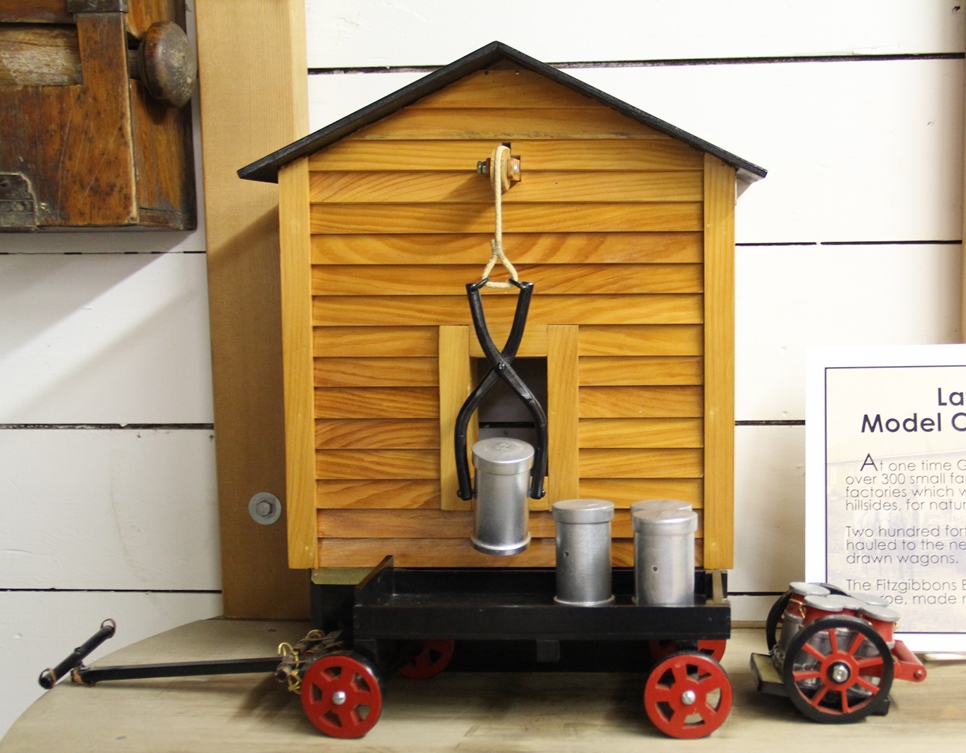
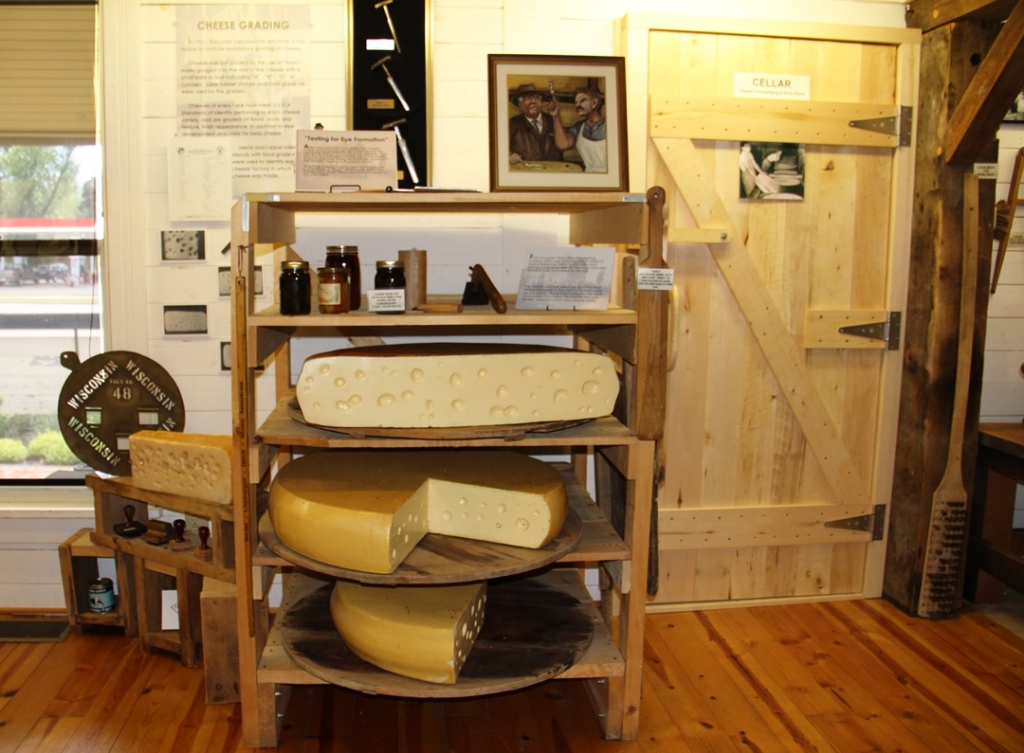
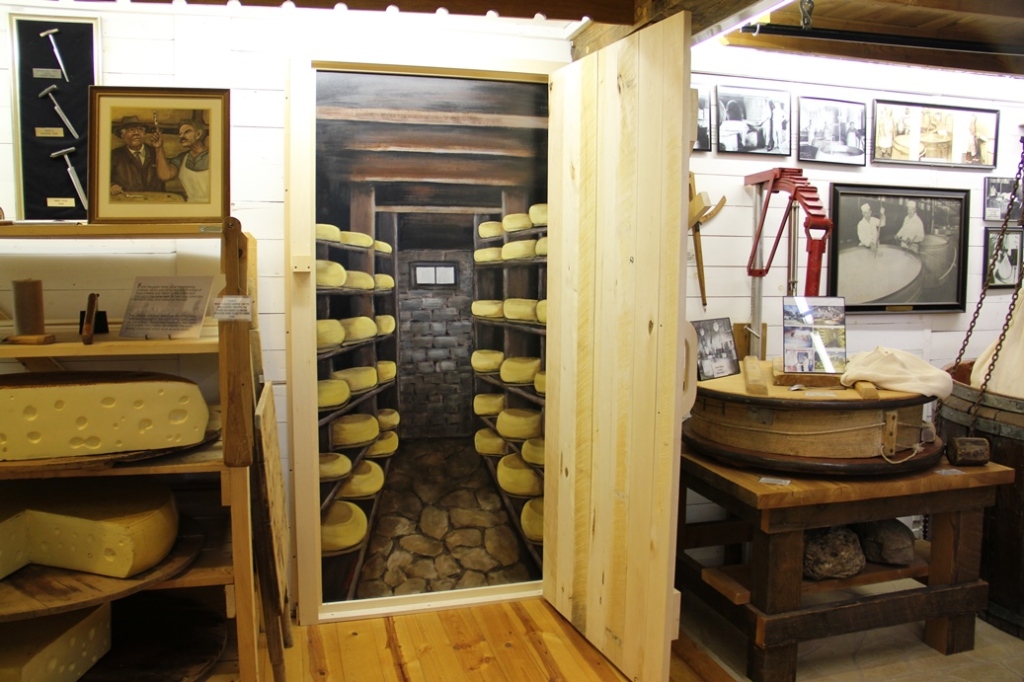
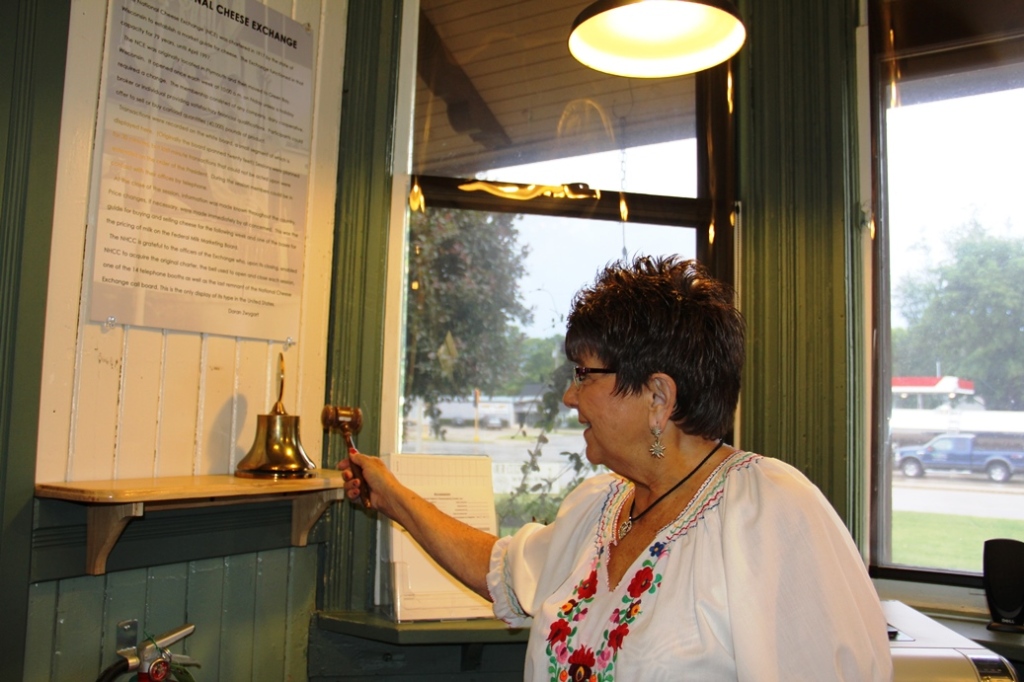
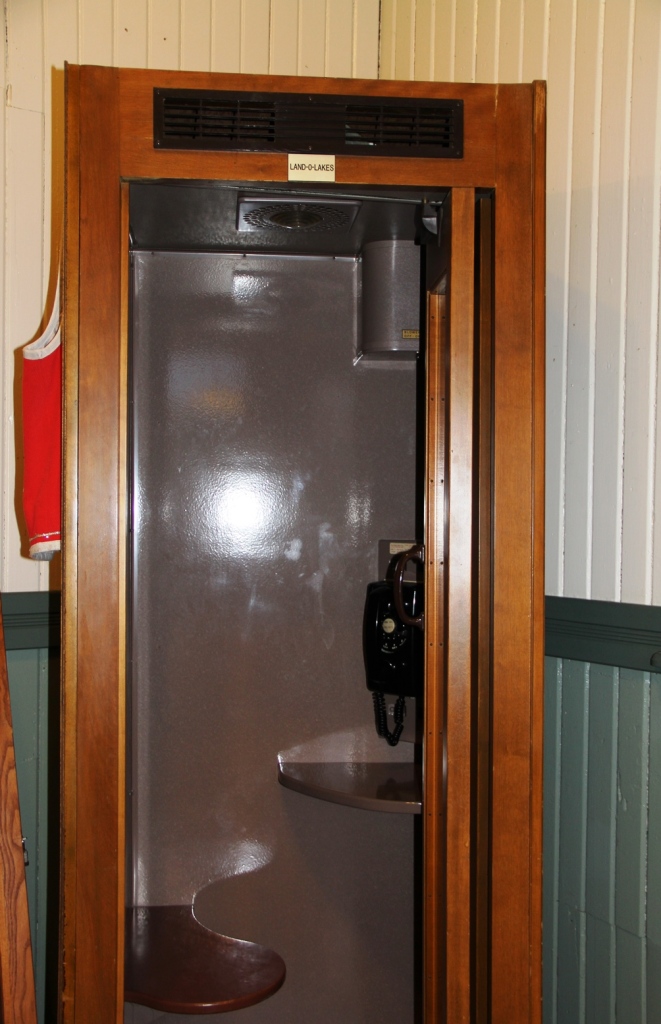
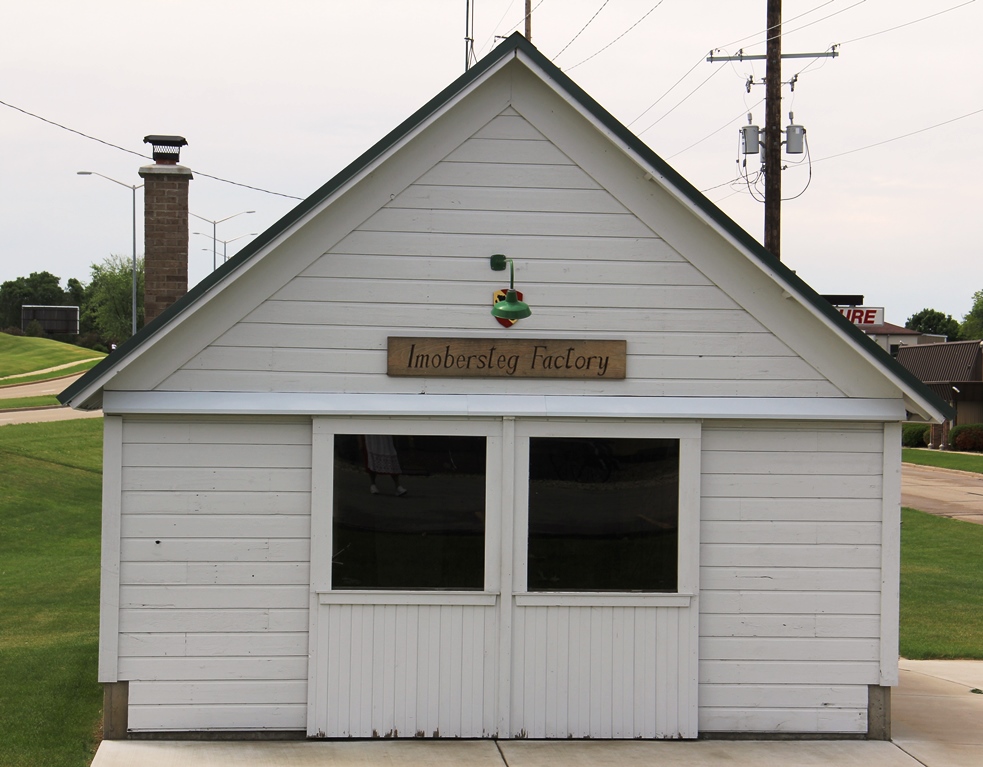
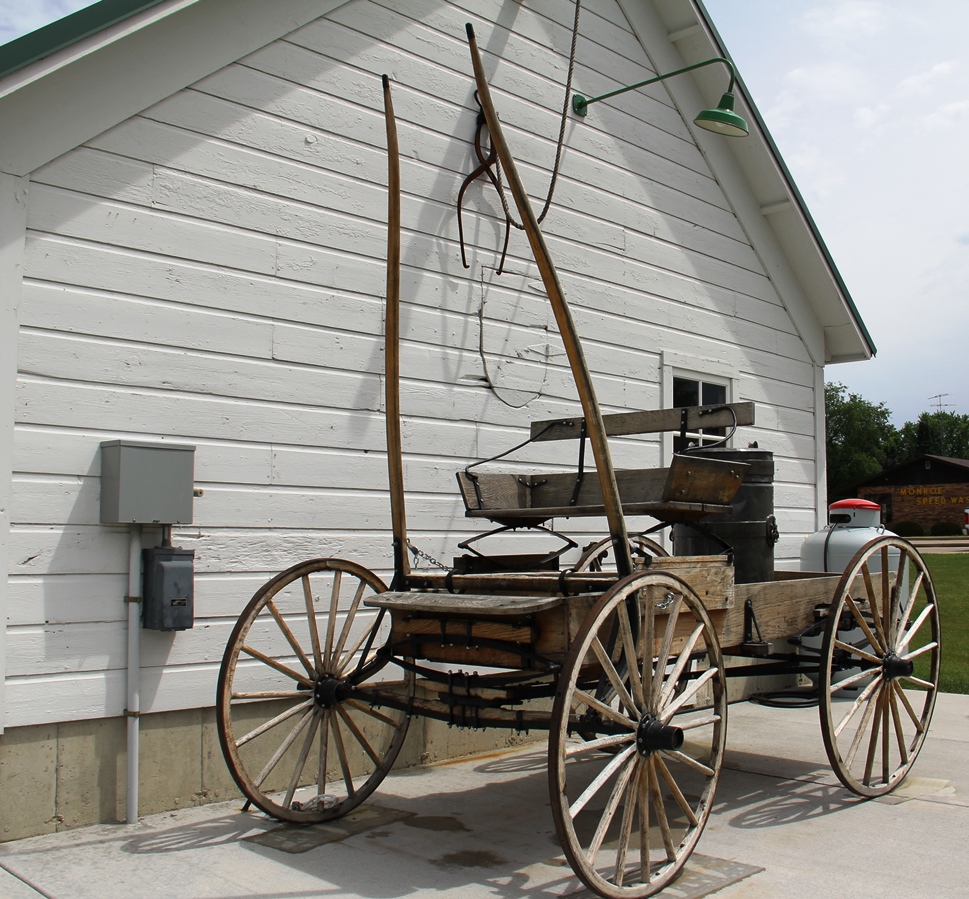

Thank you for the wonderful coverage of the National Historic Cheesemaking Center in Monroe, Wisconsin. We try to make our visitors welcome and we enjoy giving tours of the museum to educate the public regarding the importance of the dairy and cheese industry to our area.
Thank you, Fritz. I enjoyed the tour of the National Historic Cheesemaking Center and learning about the history of Monroe’s dairy and cheese industry.